The Giant Jonquils
Introduction
Narcissus x odorus ‘Campernelle’ are often known as the giant jonquils. When people think of daffodils, they most often think of a trumpet-shaped daffodil—that traditional trumpet center surrounded by pointy petals. The campernelle is like a smaller version of the larger daffodils, but it is an amazing heirloom perennial that returns every year! It is often dubbed the “Giant Jonquil” since it is similar in bloom time, appearance, and reliability, but it is about twice the size of a smaller jonquil.
The campernelle is known for the wonderful fragrance and golden blooms. Clusters of small rich colored dark yellow trumpets top the foliage, and look like a vein of gold going through the landscape. They bloom in late February, and add such flavor, fun, and beauty, that they truly are worth their weight in gold. As I travel the back country roads across the nation, one of my favorite scenes is the broken-down gate, barbed wire fence, falling over structure, and thousands of golden blooms of campernelles in the winter thriving despite the neglect.
More information on the campernelle can be found at our website: www.southernbulbs.com.
- What makes the ‘Campernelle’ so special?
- Are campernelles heirloom daffodil bulbs?
- Where are campernelle narcissus originally from?
- What zone do these daffodils grow in? Will they do well in zone 9?
What makes the Narcissus ‘Campernelle’ so special?
You may be wondering why you should buy campernelle bulbs especially if you just bought other yellow-blooming Narcissus bulbs. Of course, we could start by saying that the campernelles probably bloom at a slightly different time than other flowers in your garden and so they overlap with some and precede others. Or we could say that they are a truly unique bulb and bloom that you need in your garden. Or we could say that Campernelles provide vivid bold colors in late February and are a stark contrast against the gray colors of winter and even its foliage adds interest to your garden. All of the above is true. But let us tell you a few things that make the campernelle a must-have bulb.
- Bloom Time and Fragrance: The campernelle bloom is one of the earliest blooming trumpet-shaped daffodils out there. They also have a comparatively long bloom time that begins in mid-late February or early March. The campernelle makes itself known by its enjoyable scent. If you check out the product page where we offer campernelles for sale at www.southernbulbs.com and scroll to the bottom, you will see the difference in the size of the blooms between the campernelle and jonquil. The campernelle has a light sweet aroma that makes you want to stay outside with it or cut it and bring it indoors.
Observe the picture above. The large bloom on the left is the campernelle while the two smaller blooms to the right are from the jonquil flower. ‘Campernelle’ bulbs are hybrids and receive their fragrance from the Jonquil and the large blooms from its other parent, the Lent lily (Narcissus x pseudonarcissus). Sharing characteristics from both parents, the large foliage is not exactly cylindrical and not all the way flat, but a combination somewhere between the two. The dark green foliage is attractive along with the large golden blooms that show up around mid-February or the beginning of March.

- Easy to Grow: The campernelle is extremely low maintenance. It is a “mule” because it is a cross between the Jonquil and Lent lily, but it can also be called that because of its durability and longevity. It’s popular for its ability to adapt and bloom every year if you simply make sure that they get enough sun. The campernelle easily naturalize and provide you with late-winter trumpets.

- Pest Resistance but Pollinator Receptive: I’ve seen fields of deer, donkeys, horses, and cows leave them alone. Even the gophers at the farm just ignore the campernelle. However, bees, butterflies, and other pollinators are attracted to the blooms and make good use of the sweet-smelling flowers.
Are campernelles heirloom daffodil bulbs?
These would most likely be considered heirloom flower bulbs since they are so old, but really they are a naturally occurring hybrid.

A flower bulb that is consider an heirloom has been around for generations. Heirloom bulbs are often originally from a stock of bulbs that have been saved over many years and may be difficult or impossible to find commercially, but are passed down among gardeners or specialty collectors. Many newer bulbs focus on bigger, better, and different but can sacrifice fragrance, adaptability to growing locations, ease of care, etc. When choosing between heirloom bulbs and modern bulbs, like larger trumpet daffodils, it is not a “either/or” but rather a “yes/and” conversation—what we mean is, use and enjoy them both!
Where are campernelle Narcissus originally from and where do we find them?
Campernelles are originally from southern Spain and Portugal, where they are a naturally occurring hybrid between jonquils (Narcissus jonquilla) and Lent Lilies (Narcissus psuedonarcissus).
Often, we find campernelles growing in old house gardens, where the home is no longer evident except for some piles of wood and larger trees. You’ll find these flowers gracing this old home site where they have lived for over 100 years, blooming reliably each year with little to no care. You can also see them gracing roadsides where an old home site was undoubtedly removed to make room for a new road.
What zone do these daffodils grow in? Will they grow in zone 9?
Daffodil zone or hardiness zones refer to a map put out by the USDA which can be quickly searched for and found online The hardiness zone map is used to give general reference to the ability of plants, such as the campernelle, to successfully grow in that region. Often times it is used to see the cold tolerance of a plant, to have a general idea of what cold temperatures will freeze a plant to death. In warmer climates, it can be used to figure out what plants can survive in hot temperatures.
For example, someone might want to know, will daffodils grow in Florida? The answer is yes. Campernelles will actually do well in areas of North Florida, but will they do well in Miami? Probably not. So, you can use the zone map to help you figure this out.
I have seen campernelles bloom in zone 9A, but I have not seem them thrive in Zone 9b or warmer. They seem to do best in Zones 7 and 8 and these daffodils will bloom around the end of February and into March. Even in Zone 9, these are full sun daffodils, but that is full winter sun. Other summer perennials and trees can provide shade during hot Zone 9 summer months, and you might consider planting them about an inch deeper than normal if they will receive no shade in the summer dormancy months.
Conclusion
Campernelles are like a giant jonquil that are highly adapted heirloom perennial daffodils in the genus Narcissus. They are a must have in every garden to brighten up your February and bring fragrance to your life. Planting a campernelle is planting a story that passes down culture and beauty to your children and future generations!


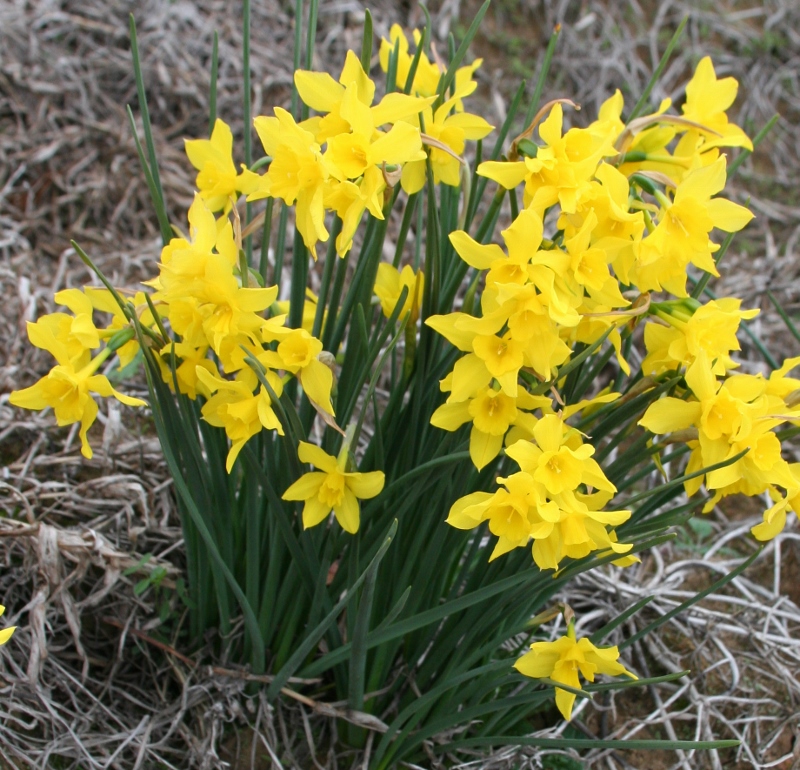


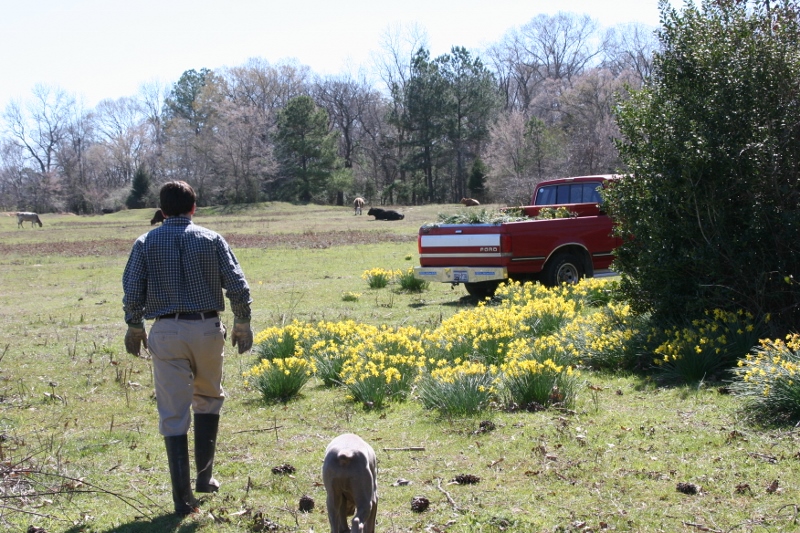

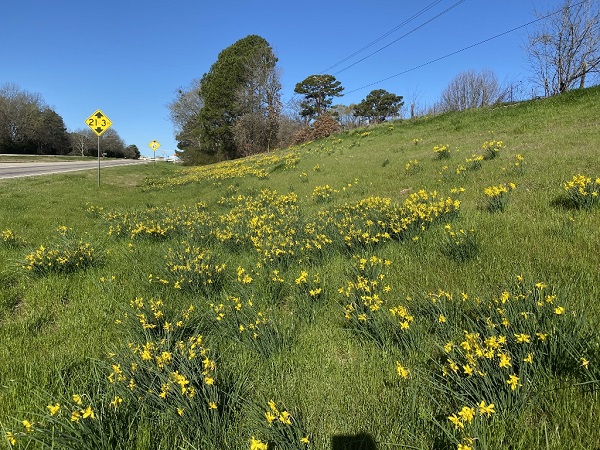

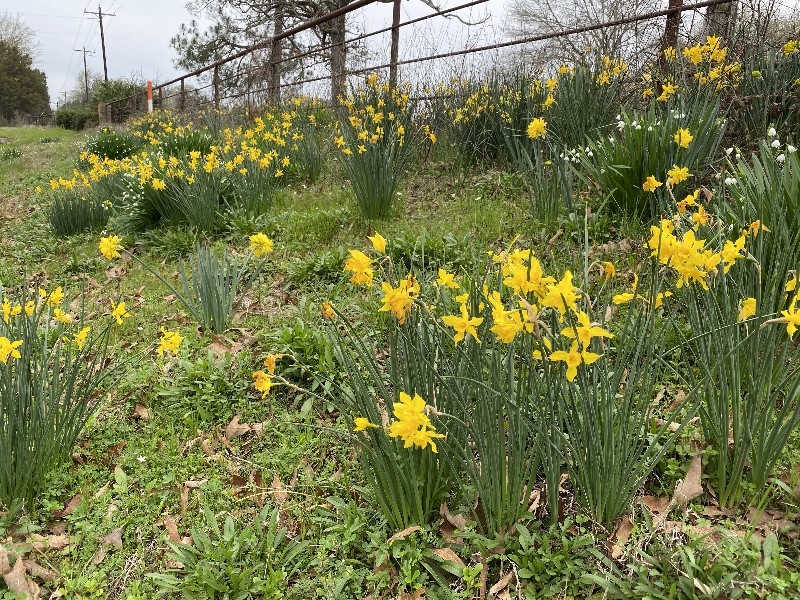
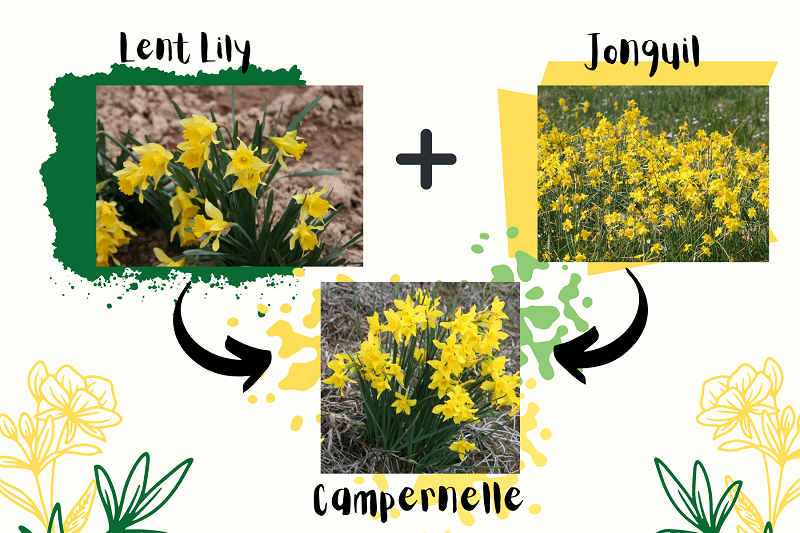


Your article was very informative. It answered several questions I had. My great grandparents homeplace has campernelle and lent lilies by the thousands. The homeplace has been in existence for nearly two hundred years. Each year they are more beautiful than the last.
Thanks Jamie! Sounds like a special place. May they last another 200 years.